- NATURAL VEGETATION IN THE MEDITERRANEAN CLIMATE
- MADITERRANEAN EVERGREEN FORESTS
- AGRICULTURE IN THE MEDITERRANEAN CLIMATE
UNIT 4 – CLIMATOLOGY – PART 38
NATURAL VEGETATION IN THE MEDITERRANEAN CLIMATE
- Trees with small broad leavesare widely spaced and never very tall.
- The absence of shadeis a distinct feature of Mediterranean lands.
- Plants are in a continuous struggle against heat, dry air, excessive evaporation, and prolonged droughts. They are, in short xerophytic [drought tolerant], a word used to describe the drought-resistant plants in an environment deficient in moisture.
MEDITERRANEAN EVERGREEN FORESTS
- These are open woodlands with evergreen oaks.
- They are found only in the climatically most favored regions.
- The trees are normally low, even stunted, with massive trunks, small leathery leaves and a wide-spreading root system in search of water.
- The cork oaksare specially valued for their thick barks, used for making wine-bottle corks and for export around the world.
- In Australia, the Eucalyptusforests replace the evergreen oak.
- The giant RedwoodIs Typical of The Californian
Oak tree
Cork oak
EVERGREEN CONIFEROUS TREES
- These include the various kinds of Pines, Firs, CedarsAnd cypresses which have evergreen, needle-shaped leaves and tall, straight trunks.
MEDITERRANEAN BUSHES AND SHRUBS
- This is perhaps the most predominant type of Mediterranean vegetation.
GRASS
- Conditions in the Mediterranean do not suit grass, because most of the rain comes in the cool season when growth is slow.
- Even if grasses do survive, they are so wiry [lean, tough] and bunchythat they are not suitable for animal farming.
- Cattle rearing is thus unimportant in the Mediterranean.
AGRICULTURE IN THE MEDITERRANEAN CLIMATE
ORCHARD FARMING
- The Mediterranean lands are also known as the World’s Orchard Lands.
- A wide range of citrus fruitssuch as oranges, lemons, limes, citrons and grapefruit are grown.
- The fruit trees have long roots to draw water from considerable depths during the long summer drought.
- The thick, leathery skin of the citrus fruits prevents excessive transpiration.
- The long, sunny summer enables the fruits to be ripened and harvested.
- The Mediterranean lands account for 70 per cent of the world’s exports of citrus fruits.
- The olive treeis probably the most typical of all Mediterranean cultivated vegetation.
- Olive oil extracted is a valuable source of cooking oil in a region deficient in animal fat.
- Besides olives, many nut trees like chestnuts, walnuts, hazelnuts, and almonds are grown and the nuts picked as fruits or for the chocolate industry.
CROP CULTIVATION AND SHEEP REARING
Wheat is the leading food crop. Barley is the next most popular cereal.
- The mountain pastures, with their cooler climate, support a few sheep, goats and sometimes cattle.
- Transhumanceis widely practiced (moving up and down the hills in search of pastures according to seasons).
WINE PRODUCTION
- VITICULTUREIS BY TRADITION A MEDITERRANEAN OCCUPATION.
- Regions bordering the Mediterranean Sea account for three-quarters of the world’s production of wine.
- Some 85 per cent of grapes produced, go into wine.
- The long, sunny summer allows the grapes to ripen.
ECONOMY
Net exporter of citric fruits and net importer of dairy products.
- Clear skies in summer and good landscapes encourage tourism [Lot of Indian Songs are shot here].
- European Mediterranean has many ancient cities and are famous for their health and pleasure resorts, frequented by millions all-round the year.
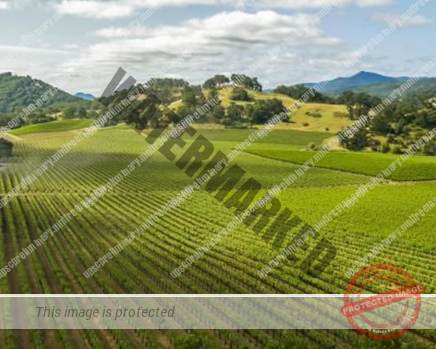
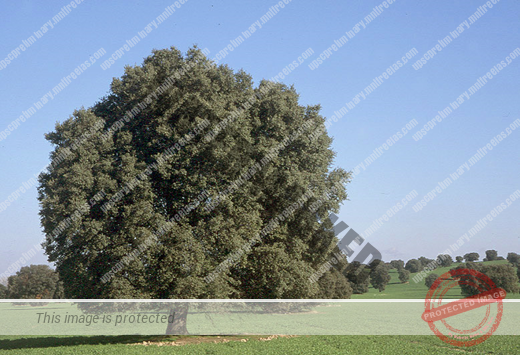
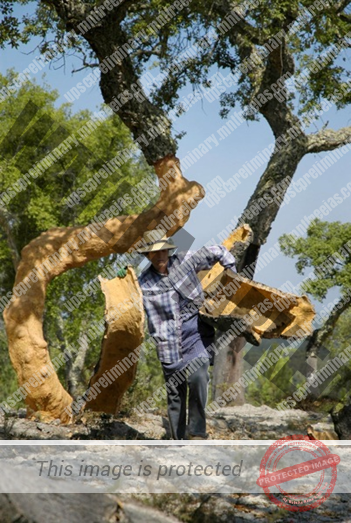
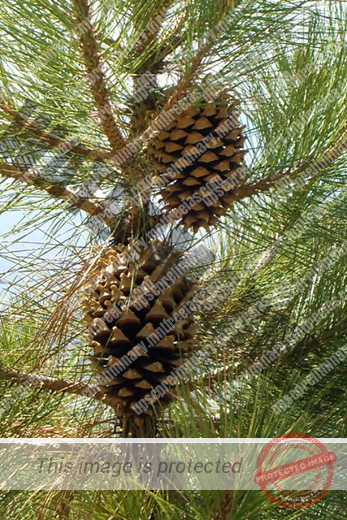
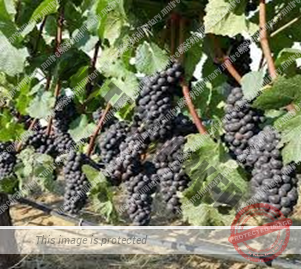
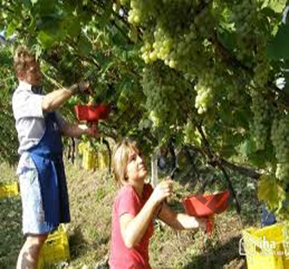
[pvc_stats postid="" increase="0" show_views_today="1"]
